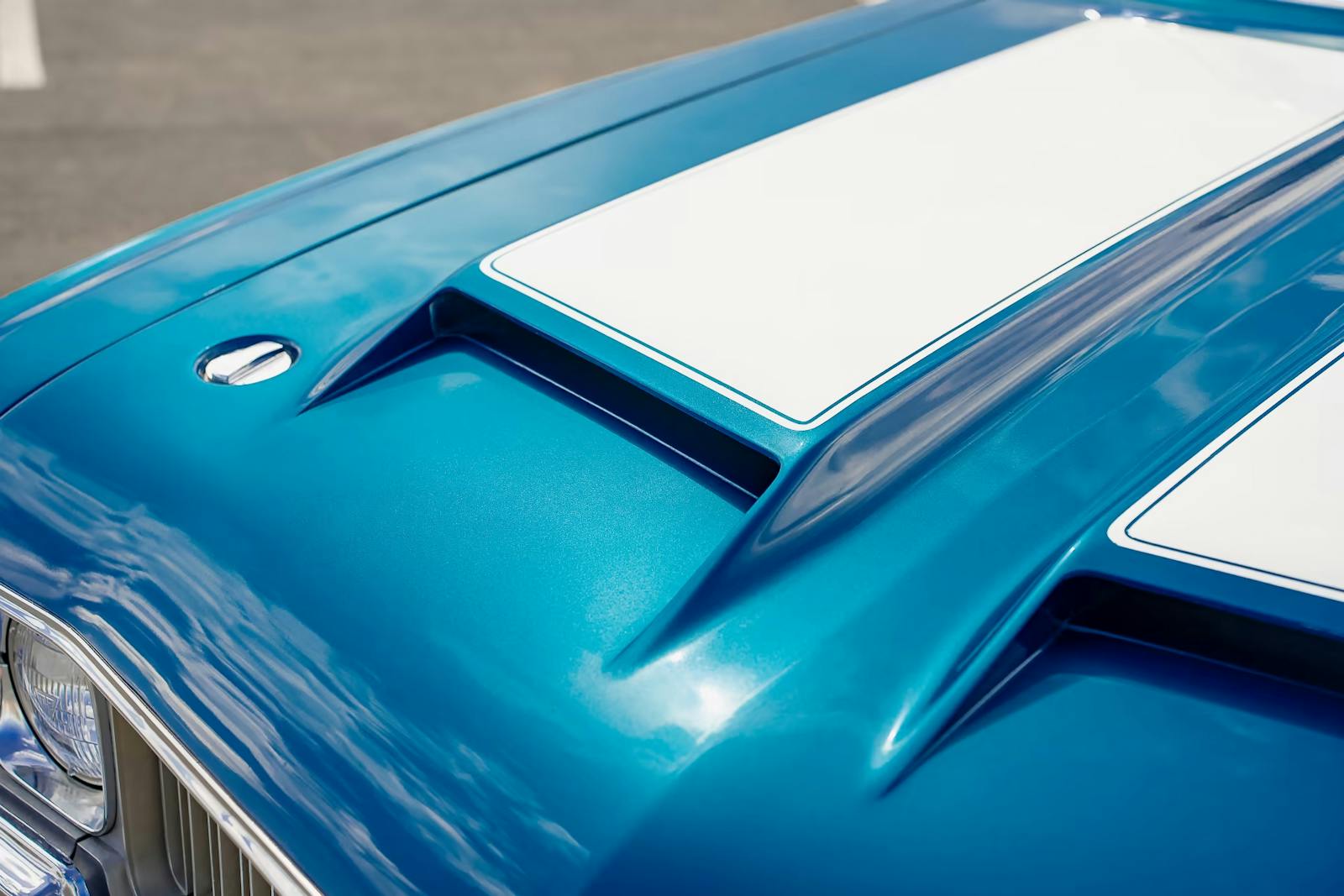Media | Articles
6 of our favorite engines from the Mullin Automotive Museum
The perfectly buffed paint of an Henri Chapron-sculpted body gleams under the lights, but this time the flowing curves of the bodywork took a back seat to the finely crafted V-12 engine that up until recently had been hidden under a long hood. That’s the beauty of Under the Hood Day at the Mullin Automotive Museum, the impressive Art Deco-styled showcase of Peter Mullin’s extensive collection of automobiles and motorcycles that’s heavy on French coachbuilders. And we were there to experience the horsepower on display.
It’s typically the artful, curving hoods and fenders that get all the attention at the Mullin, but ask an engineer and they’ll tell you the bodywork is just there to keep the engine out of the elements. After all, without the horsepower under the hood, a car is just a sculpture. A car is defined not only by its appearance, but the experience behind the wheel.
To give the often-overlooked engines their day, the Mullin Automotive Museum opened dozens of hoods and let the engines get some glory. From the crude 2CV to the most finely crafted Delahaye, we pored over engines throughout the museum to bring you some of our favorites.
1938 Tatra 3.0-liter V-8
Marketplace
Buy and sell classics with confidence
20180731154408)
If the VW Beetle had grown into a four-door with a V-8, it might have looked like the Tatra Type 87 that uses this beast of an engine. The 3.0-liter, air-cooled V-8 engine uses an overhead cam design that clearly shows where each rocker arm is located. The output was 85 horsepower, which is impressive given its displacement, although the fins and shrouding required for air cooling make the engine look much larger than its 3.0-liter displacement would imply.
1931 Bugatti 5.0-liter inline-eight
20180731154135)
This dual-overhead-cam inline-eight engine uses twin Zenith updraft carbs and a twin-lobe supercharger to produce 225 hp. The ribbed aluminum case of the supercharger doesn’t look a whole lot different than modern designs found in the automotive aftermarket. We spotted this one under the hood of a 1931 Bugatti Type 50S.
1935 Hispano-Suiza 9.4-liter V-12
20180731153409)
There’s not much that can compete with the smoothness and prestige of a V-12. Hispano-Suiza’s huge engine produces 220 hp at only 3000 rpm for quiet luxury cruising. The spic and span aluminum firewall and engine tray frame the well-detailed engine nicely and show off its wonderful symmetry.
1931 Bugatti 5.4-liter inline-eight
20180731154702)
We just loved all of the details under the hood of this 1930 Bugatti Type 46 Cabriolet. The engine turning on the firewall isn’t that uncommon in coachbuilt cars and is even replicated in mass-produced cars, like the dashboard in mid-’70s Pontiac Trans Ams. The labor-intensive process leaves a distinctive pattern, but the hand-scraped checkerboard pattern on the block is a much less common sight and requires an expert’s touch.
1937 Delahaye 4.5-liter V-12
20180801193106)
Produced with the intent of winning the Prix du Million, a one-million Franc prize from the French government, this 1937 Delahaye Type 145 V-12 Gran Prix put France atop the previously dominant racers from Mercedes-Benz. It followed that up with wins in the 1938 Gran Prix de Pau and Gran Prix de Cork before taking fourth in the Mille Miglia.
1937 Delahaye 4.5-liter V-12
20180731154928)
Today, if a V-12 engine from one of the world’s fastest racing machines found its way into a beautiful street-legal coupe, you’d call it a supercar. The same race-bred V-12 and chassis from the Delahaye Gran Prix racers was the platform to build the road-going Type 145 Coupe. The body, designed by Henri Chapron, is one of the most beautiful in the prestigious Mullin collection, but it’s much more than a pretty car thanks to its engine’s racing pedigree.
20180731155508)
20180731154817)
20180801193049)
20180801193130)
20180731153727)
20180731154338)









